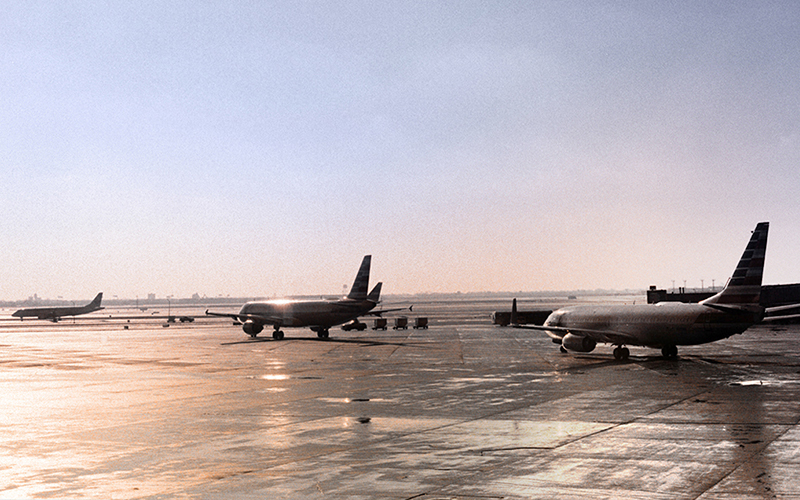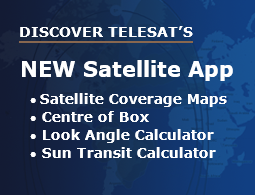The introduction of Low-Earth Orbit (LEO) constellations has upended the status quo for in-flight connectivity (IFC) services. Airlines have many new factors to consider as they invest in improving the customer experience.
The latest example is the announcement that United Airlines will be transitioning to LEO for its IFC on over 1,000 planes. This represents a major industry shift, although it will take time to fully take effect due to the time it takes to certify the antennas and retrofit each aircraft.
Via Satellite recently spoke with airline executives for their view of the evolving IFC market. A consistent theme was the need for flexible antenna technology that gave airlines more options, is “future-proof,” and prevents vendor lock. From the article:
Melanie Berry, Iberia Director of Customer Experience
“I think the real ‘game changer’ will be agnostic antennas, because then we will have the same opportunity we have at home. If we don’t like the option we have with option A, we go with option B. We don’t have that right now. We make a commitment to an aircraft, and it is the hardware that belongs with that provider. It is very cost-prohibitive [to change providers]. There is a lot of work to do on the aircraft. I think the development of agnostic antennas is going to give us all a lot more flexibility and a lot more choice, and maybe things will start to move a lot quicker once we get to this point.”
David Scotland, In-Flight Experience and Product Technology Director, Alaska Airlines
“One of the key aspects to a successful IFC strategy is having the right equipment. Expanding on the topic of electronically steered antenna (ESA) technology, Scotland says, ‘ESAs are what we’ve all been wanting from the start. Their smaller size and lack of moving parts are compelling selling points. We’re going to install a first-generation system on our regional jets, but we know second, and third-generation ESAs are only a few years off.’”
Alejandro Ochoa, In-Flight Technology manager for Aeromexico
“They (Starlink) have frictionless connectivity, this means there is no portal. It could be an issue for some airlines such as Aeromexico, because we want to have contact with the passenger, to generate revenue and enhance the experience. This could be a major obstacle.”
A More Flexible Approach
Telesat takes a different approach in IFC. We work through existing service providers and antenna manufacturers. Airlines and value-added service providers know what their customers want; as stated above, one of those things is choice. We work openly, responsively, and collaboratively with the IFC ecosystem to shape their offerings, expand addressable markets, and support end-user growth.
For example, ThinKom Solutions is a leading designer and manufacturer of high-performance satcom antennas and works closely with Telesat. Recently, we announced an expanded development partnership to certify ThinKom’s ThinAir Ka2517 antenna for the Telesat Lightspeed LEO satellite network.
The advanced Ka2517 antenna, utilizing ThinKom’s patented VICTS (Variable Inclination Continuous Transverse Stub) technology, is DO-160-approved and currently a terminal of choice for the Airbus HBCplus Ka-band linefit with Airbus. Airbus launched its HBCplus satellite connectivity solution as a supplier-furnished line-fit catalogue option and also for retrofit on all Airbus programs.
Additionally, ThinKom is pursuing direct linefit with Boeing aircraft. This means that service providers who leverage the Ka2517 in their solutions will have a field-proven, straightforward upgrade path for airlines to provide Telesat Lightspeed IFC services.
This week Telesat and Airbus SAS announced a Memorandum of Understanding (MOU) to collaborate on the integration of the Telesat Lightspeed LEO network within the Airbus HBCplus Ka-band solution portfolio. Airbus and Telesat will work together to address user terminal integration for HBCplus installations that are capable of providing Telesat Lightspeed services.
Tim Sommer, Head of Connected aircraft at Airbus, commented on the announcement:
“The integration of the Telesat Lightspeed LEO network within the Airbus HBCplus solution will perfectly complement our current MEO & GEO offer. This partnership is a great opportunity to answer to the emerging demand for low latency connectivity, but also to contribute towards our multi orbit strategy for global coverage.“
Airlines need choice and flexibility when putting together their future-looking IFC strategy. LEO has changed the game, but a “one-size-fits-all” solution can’t be right for every airline. Collaboration between satellite operators, service providers, and terminal manufacturers will deliver airlines the best value and performance. That is still the approach that will best unlock exciting new services today and in the future.
Learn more about Telesat’s enterprise-class LEO approach and get the latest updates on the Telesat Lightspeed program during the APEX Expo in Long Beach, California. Meet up with the Telesat team in booth #1429.




